By Dr. Timothy Choi, 11 January 2023
On 9 January 2023, Minister of National Defence Anita Anand finally marked the end of the beginning of Canada's "Future Fighter Capability Project" (FFCP) by announcing Canada's agreement with the United States government and Lockheed Martin to procure 88 F-35A aircraft. The initial contract will be for sixteen airframes: four to be delivered by 2026, then six each year for 2027 and 2028 before entering a steady delivery rate of 18 aircraft per year until all are in Canadian hands.
The intention is for all RCAF F-35As to be of the Block 4 configuration, with the first units to be delivered as part of Lot 18 (each year's negotiated/contracted build queue F-35s is referred to as a "Lot"). Block 4 is the next major evolution of the F-35, with a whole host of new technologies including a new radar, updated EO/IR sensors, electronic warfare, new weapons integration, and communications. However, Block 4 remains in the development stage, with numerous capabilities added and removed over the past half-decade as challenges and requirements arose. The US Government Accountability Office has recently suggested that Block 4 modernization would not be completed until 2028-2029, throwing into question as to whether the first batch of RCAF F-35s will indeed be delivered in the Block 4 configuration. To mitigate risks, the next three Lots (Lots 15 through 17) of Block 3 F-35s are being built with the "Technology Refresh 3" (TR-3), which is essentially most of the computing hardware components that are required to support the Block 4 configuration. The first flight test of a TR-3 F-35 took place 6 January 2023. To complete the flight test regime of TR-3 and integration of Block 4 elements by 2026 would certainly seem to be an ambitious timeframe. On Canada's part, there is a recognition (see "Issues/Risk" tab at the bottom) that the 2026 timeline is "quite aggressive" and will have to be actively monitored.
There have inevitably been criticisms over the decade-long journey to this point, posed most loudly by opposition Conservative MPs who conveniently ignore their party's own hesitation in going through with their original F-35 plan. As professor Phillipe Lagasse points out, major procurements in Canada must be done by the book - shortcuts to curry political points are vulnerable to cancellations and can even be illegal, getting hopes up and wasting precious time and energy.
In any case, there is an ironic silver lining to this long journey: the RCAF will be getting aircraft that will be much more capable than ones that would've been acquired under original Harper-era timelines. While a lot of the new upgrades are too highly-classified to make for easy comparison, the easiest and most tangible illustration of this is the inclusion of the "Sidekick" module for the Block 4 aircraft. This allows the F-35 internal weapons bay to be armed with 6 instead of just 4 AIM-120 AMRAAM air-to-air missiles. This 50% increase in internal capacity brings them on part with the famous F-22 air dominance fighter and will greatly enhance the RCAF's magazine depth in a high-end conflict, especially in stealth configuration. It is even more impressive when one compares it to the original acquisition plan. Instead of 4 AMRAAMs per 65 aircraft, there will now be 6 AMRAAMs per 88 aircraft: a total increase from 260 to 528 medium-range air-to-air missiles. This doubling of the RCAF's total aerial combat magazine in stealth configuration cannot be overstated. While certainly not all aircraft will be in operation at the same time, the relative increase should remain similar regardless of the number of active airframes. Whether Canada would've ponied up the cash to upgrade the counterfactual "Harper" F-35s to the Block 4 configuration is unknown, but it is certainly not a guarantee as the Brits have shown. Some might argue the decade-long delay is worth essentially doubling the RCAF's aerial magazine depth, though this would be dependent upon whether there'll be a need for RCAF F-35s between now and their delivery.
For those curious as to how the GoC and Lockheed Martin managed to resolve the 100% contract value Industrial & Technological Benefits requirement that seemed contradictory to Canada's existing participation in the JSF industrial base, Skies Magazine had this to quote from the technical briefing offered before Minister Anand's announcement:
“[Lockheed Martin and Pratt and Whitney] have agreed to target work in Canadian industry that is equal to the contract value over the life of this procurement,” one official said. “The economic benefits targets will now be measured in Canadian content value, with specific targets for production and sustainment work” that will be verified on an annual basis by Innovation, Science and Economic Development Canada.
Inevitably, questions and challenges will remain. Perhaps the most poignant from a strictly procurement perspective is how locked-in are we to the 88 aircraft? Will future governments have the option to order fewer airframes beyond the initial batch of sixteen? Then there are concerns over personnel, though one might expect (or at least hope) that the arrival of the fancy new jet will make the RCAF a more attractive option for recruitment and retention than plodding along in museum pieces.
Of course, this is the Canadian NAVAL Review, so what implications are there for the RCN? Trudeau famously campaigned (well, famous for the 1% of Canadians who pay attention to defence issues) to divert money from F-35s to the navy and coast guard. That obviously won't happen now, to the extent that any air force alternatives would've cost notably less (the competing Gripen has a much lower operating cost, but the E version being advertised has barely entered service so it is hard to be confident of the data). What we can expect is that Canada's decision to "go American" for both our Canadian Surface Combatant and the future fighter will result in easier integration of their capabilities. With Lockheed Martin providing both the CSC's Aegis combat system and the F-35 and the American military also using both, engineering work for data sharing between the two should be less challenging than if either were from a different vendor or country. This is particularly important given the Americans' development of "NIFC-CA", which allows ships to fire at targets using information from offboard sensors like the F-35 to give the ship a much greater effective range than if it were dependent on its own sensors.
This dependence on American technology does cause one to think on the core conundrum of Canadian defence policy: how confident are we that the Americans remain a trusted "friend" and ally? What happens to all this American-centric technology and equipment if anti-democratic forces prevail in the south? Would there even be a point to diversifying our arms from different countries or are we inevitably tied to the southern giant come what may?
Additional articles:
https://skiesmag.com/news/canada-finalizes-deal-buy-88-f35-fighter-jets-19b/

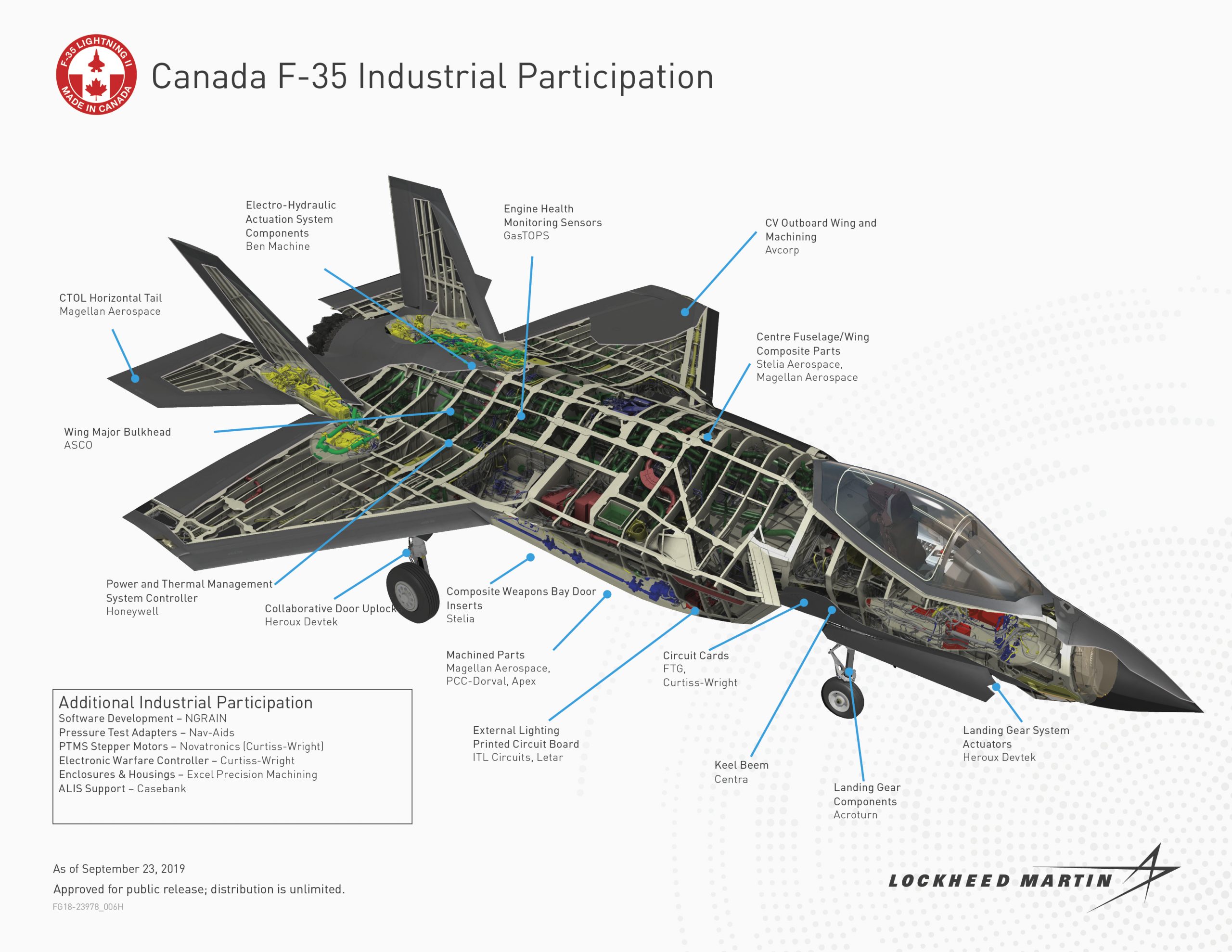
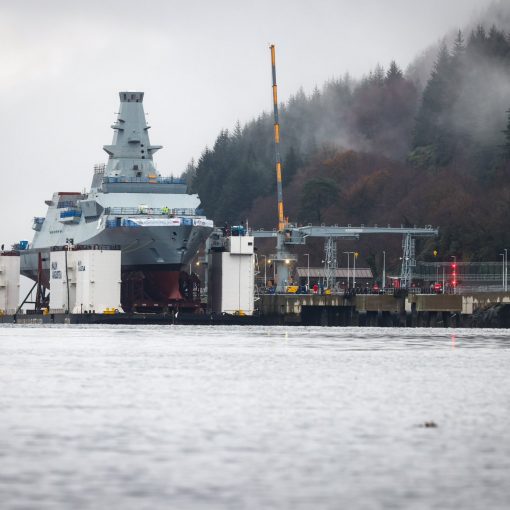
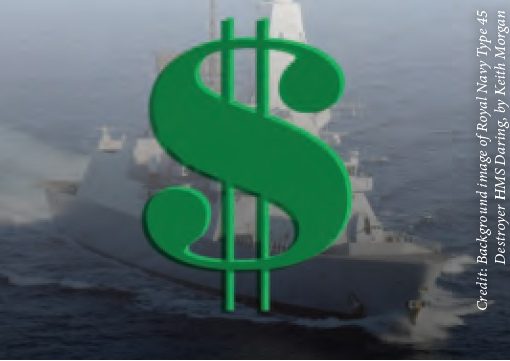
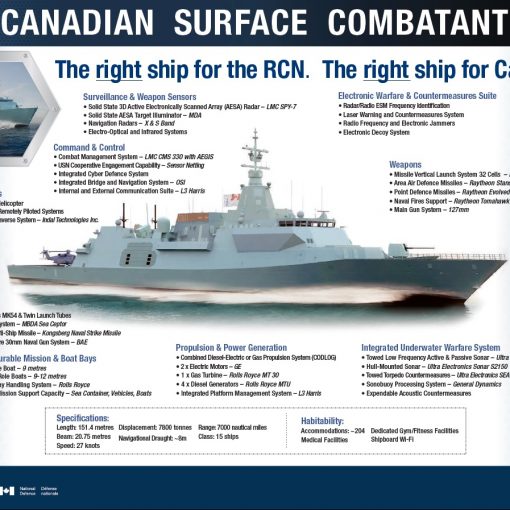
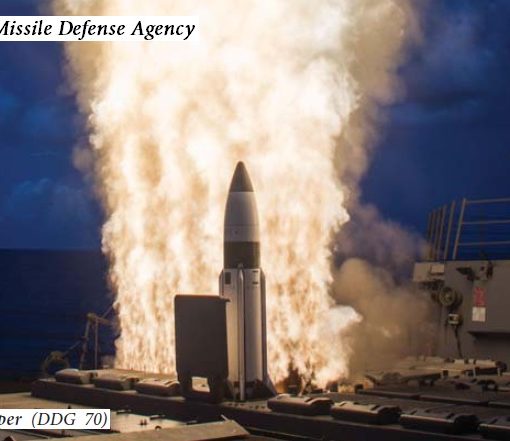
3 thoughts on “Canadian F-35s…Finally”
Thank you once again for bringing facts and thoughtful perspective to a procurement project that is usually the subject of glib, superficial and (seemingly) biased rants that often appear to be motivated by sentiments that have nothing to do with the topic.
Hello Tim. Yes…..FINALLY!! It took about 16 years from the Conservatives to the Liberals to get to this point when it really didn’t have to. These F 35s would have all been operational by now but probably not in the Block 4 variant as you say. All 88 of them! In one way, I can see the government waiting longer to get the Block 4 variant as it is almost like a brand new A/C compared to earlier versions. Once we have signed on the dotted line for them we pretty much should acquire all 88 of them as this will be a minimum for the RCAF to have in order to do all the missions required of them for the next few decades by the government. Thank goodness the Liberals didn’t divert money from the program to go towards the navy & coast guard. That would have been a stupid decision. The CEC capability that the CSC Frigate will have ties in nicely with the F 35 sensors (NIFC-CA). We have been going with American technology for many years now as everyone knows they are the best at this technology no matter what the cost may be. There are other technologies out there from our other allies and if they are superior, then Canada should go that way. Even the Americans have done that with the Constellation class frigate design. The US is a trusted friend and ally. There are many anti-democratic forces in the US however American Democracy still stands and probably will when you and I are far gone. Lockheed Martin is a huge company so they are also too big to fail. Anyway a good day for the RCAF and Canada…..no matter how long it took!
Ah the Conservatives were only hoping to order 65 of them.